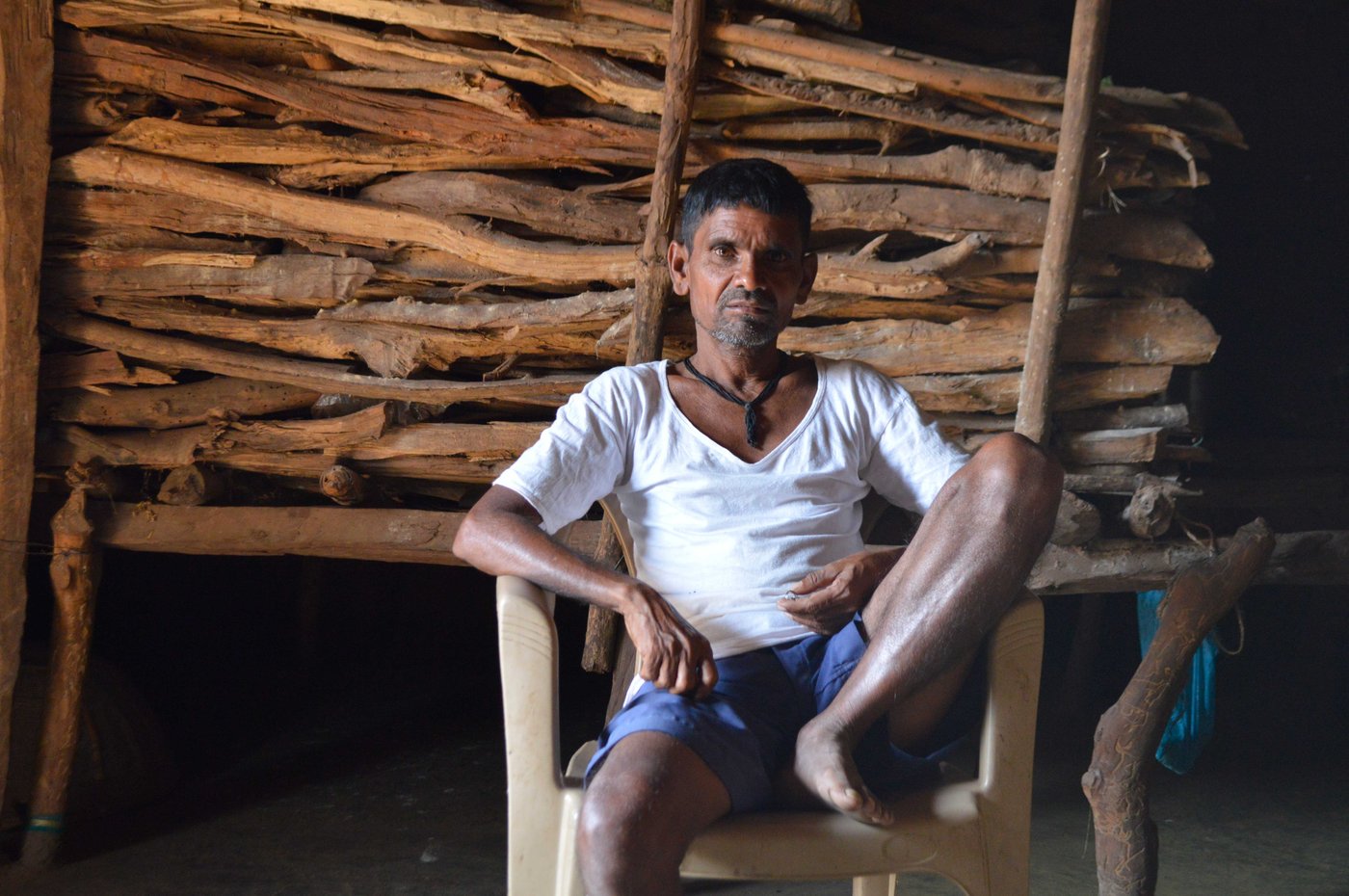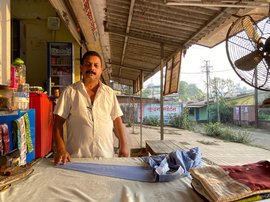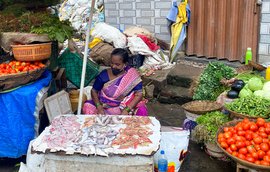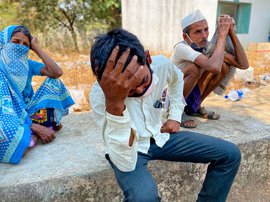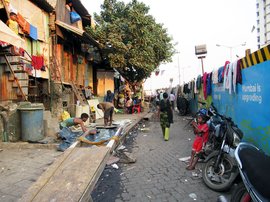The jagran in Chikanpada began by 10:30 at night. While the rest of the hamlet slept, the Sanad household resounded with songs and chants.
On a mat made of plastic sacks sat Kalu Jangali. He had come from the neighbouring Pangri hamlet to perform the ceremony. Many guests from the Ka Thakur Adivasi community had gathered in the front room of the brick and mud house, sitting on the floor or on plastic chairs. They had come to participate in the jagran – an all-night prayer ceremony to honour Vani Devi – by singing devotional songs.
In the centre of the room, the items for the puja, presided over by 50-year-old Kalu, included rice grains, a coconut placed on a copper vessel covered with a red cloth (locally called ormal ) and incense sticks.
“This ceremony is performed as the final stage, when the bhagat ’s medicines have had an effect on the patient and also to ward off the evil eye,” said Jaitya Digha, a bhagat , a traditional healer, from Chikanpada, who was accompanying Kalu.
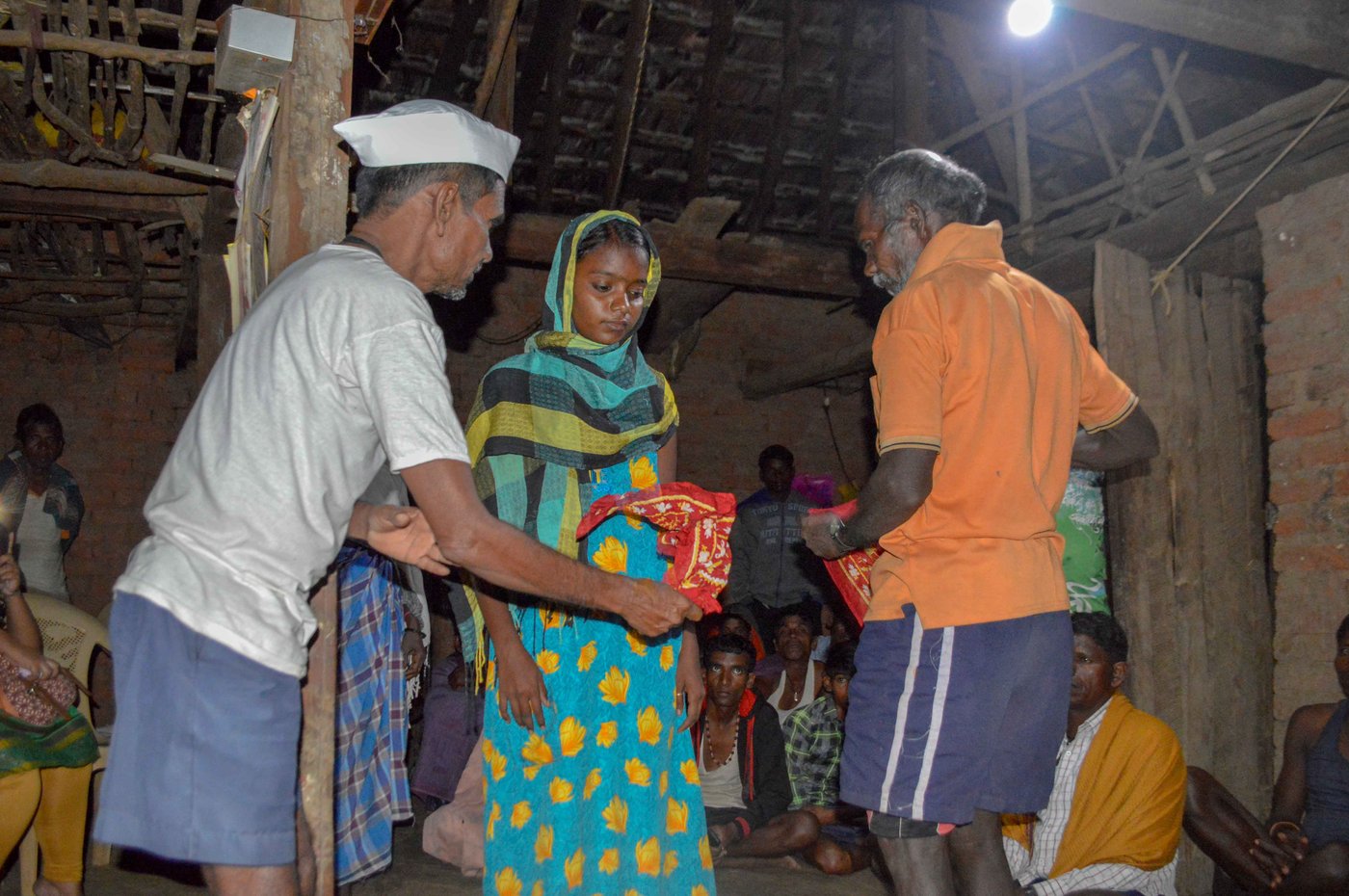
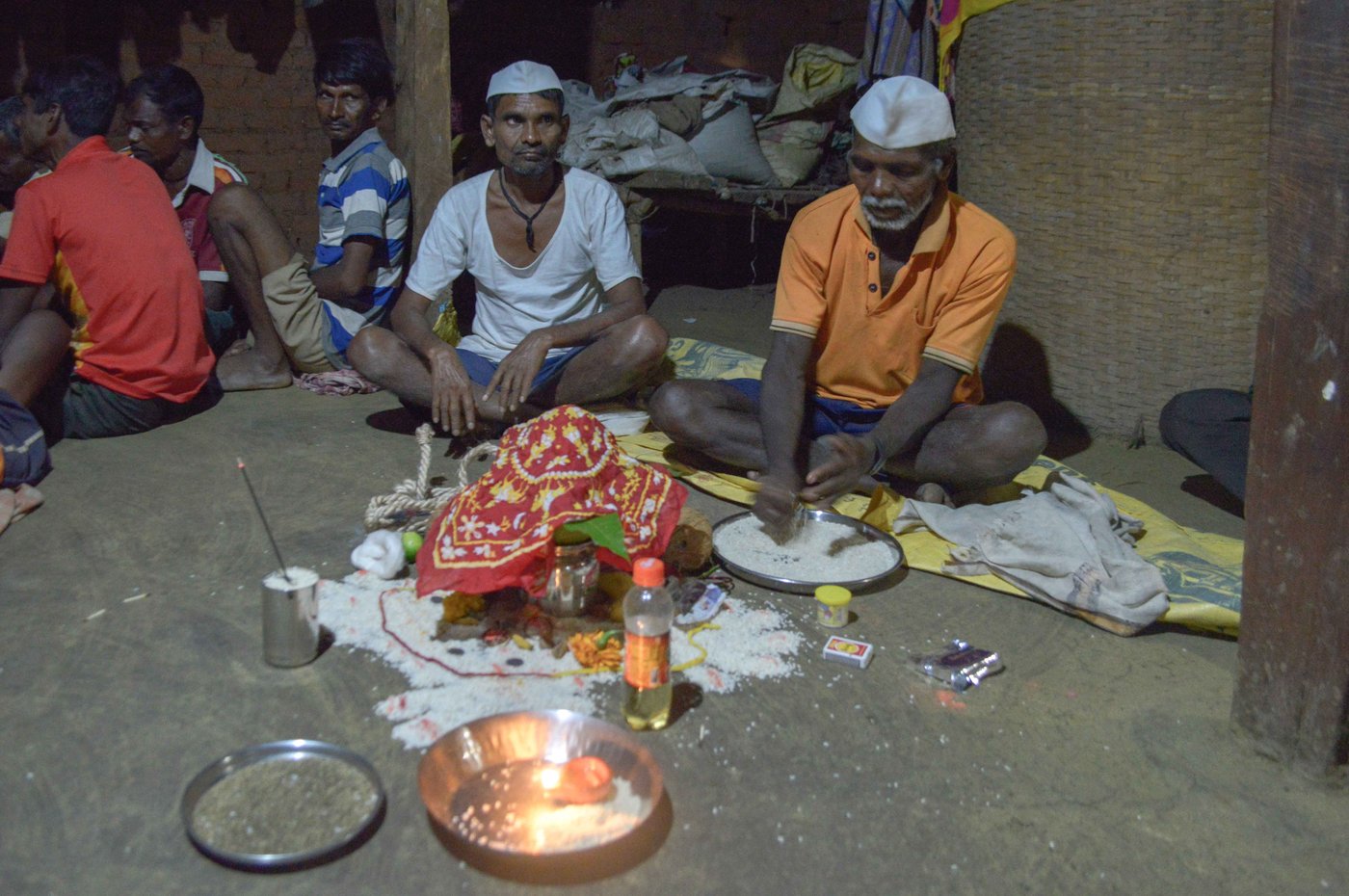
Kalu Jangali (left, in a white vest) had confirmed the diagnosis – Nirmala (centre) had jaundice. But, he said, 'She was also heavily under the spell of an external entity', which he was warding off along with fellow bhagat Jaitya Digha during the jagran ceremony in Chikanpada hamlet
A frail Nirmala, 18 years old, sat on the floor in an old blue maxi and shawl, nodding and quiet, following Kalu’s instructions. She stood up whenever instructed. Jaitya examined the rice grains on a steel plate, “seeking answers from ancestors to understand if any negative force would further trouble Nirmala.”
“She had high fever, loss of appetite, severe body ache,” said Nirmala’s father Shatru Sanad, a paddy farmer who owns less than an acre. “We had taken her to the Mokhada Rural Hospital [in early September]. Jaundice was detected. But the medicines they gave didn’t work. Her condition worsened. She lost a lot of weight, had disturbed sleep and was frightened, tired and jumpy all the time. We feared that someone must have cast a spell on her. That’s when we took her to Kalu.”
The bhagat , Shatru adds, gave her a tait (silver amulet) filled with incense ash and a powder of medicinal herbs which she had been consuming for a few days. “That worked and we organised this jagran so that the effects of the evil eye are completely warded off.”
Kalu too had confirmed the diagnosis – yes, Nirmala had jaundice. But, he said, “She was also heavily under the spell of an external entity.” Kalu waved around the ormal and swung a rope from head to toe and back and forth to sap out the ‘negative energy’.
More than rituals, the
bhagats
turn to medicinal herbs and say, 'but if something is beyond our control, we tell them to seek treatment at the medical facilities'
His ministrations, and the Sanad family’s invitation to the bhagats , are not unusual in the five padas (hamlets) of Chas gram panchayat , in Palghar’s Mokhada taluka , around 180 kilometres from central Mumbai.
“Not only in Chas but in most villages of Mokhada taluka , many strongly believe that your progress can get hindered by an evil energy or jealous eye or a spell,” says Kamlakar Warghade of Chas village. He is sceptical but also sympathetic about these local belief systems. Like the Sanad family, he too belongs to the Ka Thakur Adivasi community, and plays the organ, harmonium and keyboards in a band at local functions. “Typically, the person gets sick or a project or activity falls apart. When even doctors are not able to find the reason for the problem, the families visit a bhagat .”
This reliance on local healers arises also from the unreliability of the public health system in Mokhada. For the five hamlets, the nearest healthcare facility is a state-run sub-centre in Chas village, around two kilometres from Chikanpada.
“The doctor visits on Tuesdays, but it's never certain when we will be able to meet her,” says Warghade. “One sister [nurse] visits daily, but can only provide medication for fever, cough or cold. There are no proper medical supplies, no injections, only tablets. The ASHA workers [Accredited Social Health Activists] do make house visits, but if the patient seems to be serious, they suggest we go to Mokhada [hospital].”
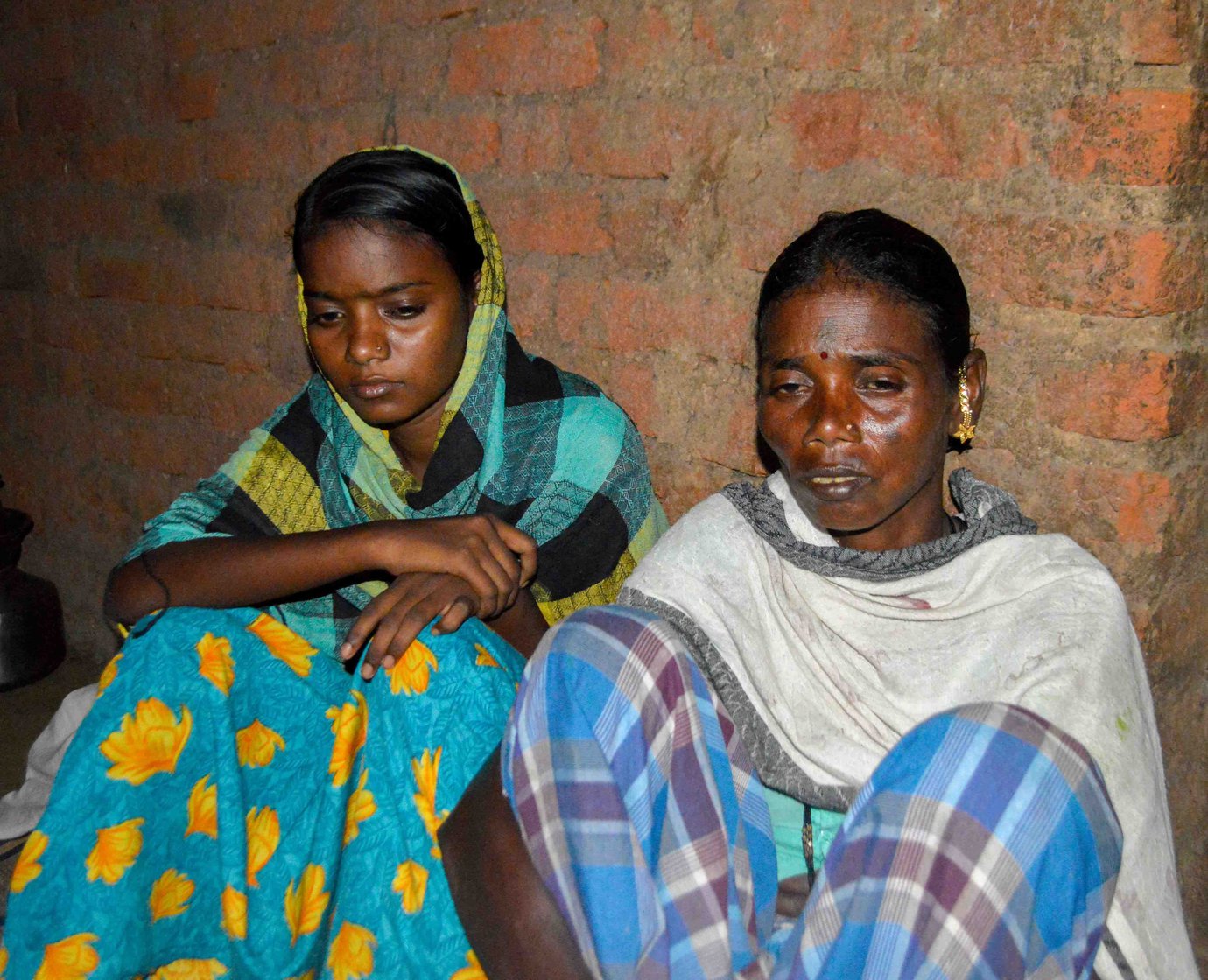
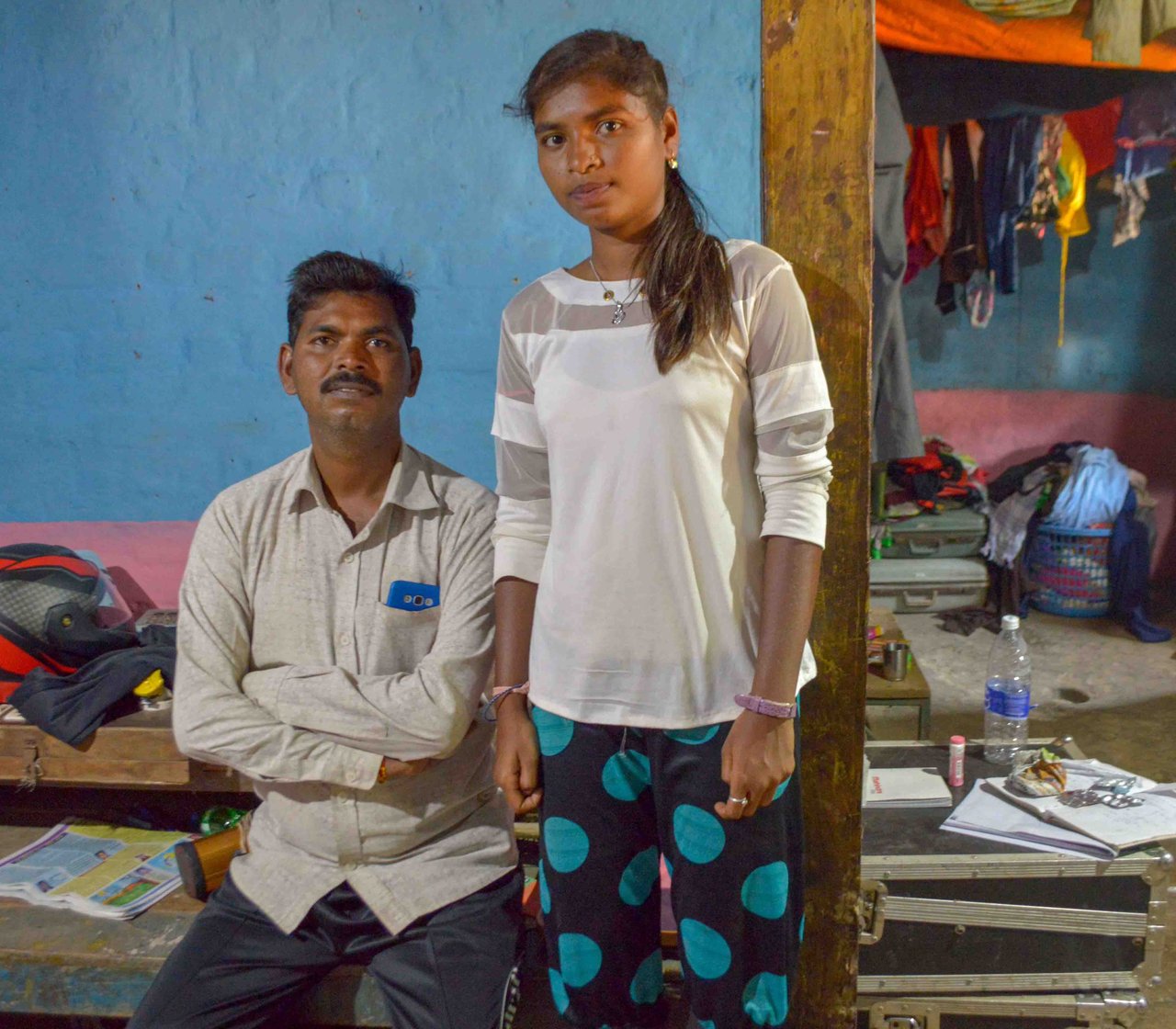
Left: Nirmala's mother Indu, on the night of the the jagran, says she is relieved. Right: Kamlakar Warghade (here with his daughter Priyanka) of Chas village is sceptical but also sympathetic about the local belief systems
So for major ailments – including pneumonia, jaundice, fractures, accidents or emergency deliveries – the 2,609 people of Chas village and its hamlets go to the Mokhada Rural Hospital, around 15 kilometres away.
This involves walking to the nearest bus stop, which is more than three kilometres from Chas (and even further from some of the hamlets). Or hiring a jeep for the family, which costs Rs. 500 for a round trip. At times, the families look for the shared Boleros that ply here, which costs Rs. 10 or Rs. 20 per seat from Chikanpada to Mokhada. But these are few and far between.
“Most of the villagers here are small farmers and agricultural labourers who earn up to Rs. 250 per day. Paying Rs. 500 just for transport apart from any hospital expenses would certainly be a problem for them,” says Kamlakar.
It’s these healthcare gaps that the bhagats fill – and they are also long known to the community as trusted traditional healers. So for relatively minor ailments like fever or stomach aches, the predominantly Adviasi population of Chas – from communities such as Ka Thakur, Ma Thakur, Koli Mahadev, Varli and Katkari – reach out to the bhagats . And on occasion they rely on them to also protect them from an ‘evil eye’.
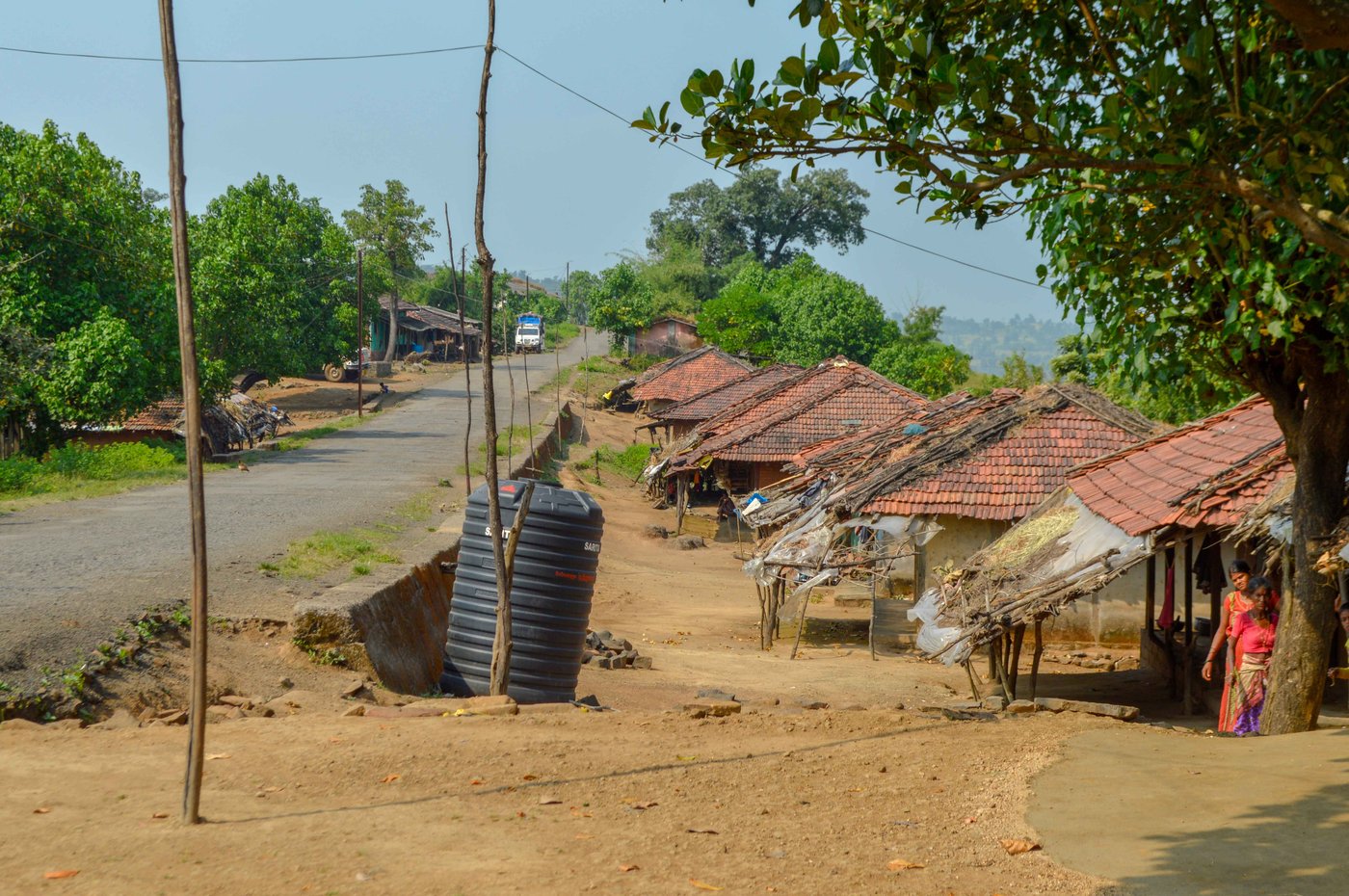
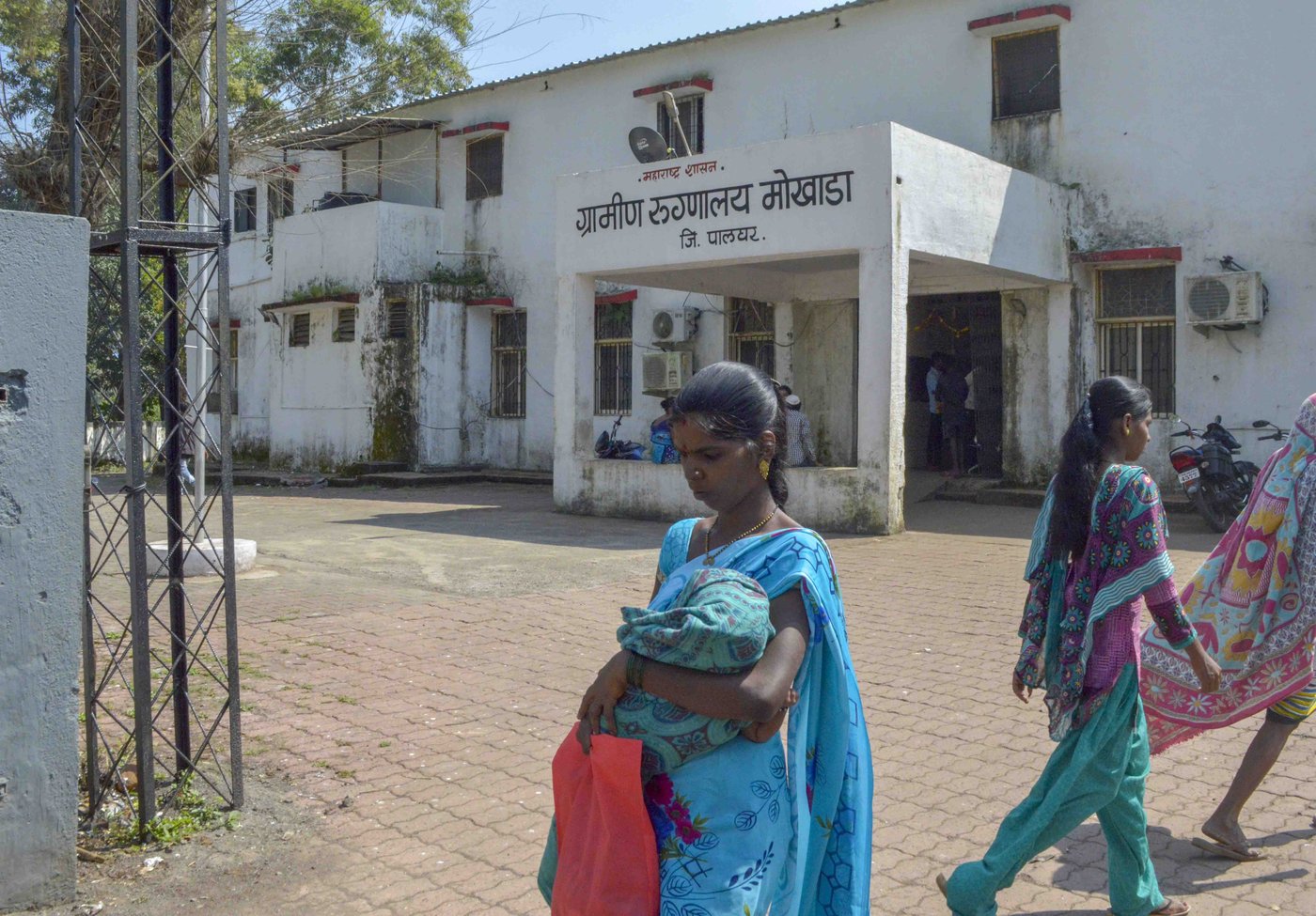
Chas village (left): the Sanad family’s invitation to the bhagats is not unusual in the five padas (hamlets) of Chas gram panchayat . The local PHCs are barely equipped, and Mokhada Rural Hospital (right) is around 15 kilometres away
Most of the bhagats are locals (and are all men), known closely to the families who seek their help. Kalu Jangali, who was administering Nirmala, is from the Ka Thakur tribe too. He has been a local healer for 30 years. “These rituals have always been an intrinsic part of our tribal culture,” he told me on the night of the jagran . “In Nirmala’s case, the morning after this jagran , we will sacrifice a rooster and pray for her complete recovery. This ritual is done only when we find there is a negative force surrounding the patient. We know mantras which can ward off that evil force.”
However, for most part, the bhagats use herbs with medicinal properties. “We go to the forest to pick appropriate flowers, leaves and grass, and scrape portions of tree bark,” adds Kalu. “Then we prepare a decoction or sometimes burn the herbs and give the ashes to the patient to consume. This usually works if there is no negative energy around the person. But if something is beyond our control, we tell them to seek treatment at the medical facilities.”
Just as Kalu acknowledges the role of healthcare facilities, the primary health centres (PHCs) and doctors also don’t seem to be dismissive of the traditional healers. At the PHC in Washala village, around 20 kilometres from Chas, Dr. Pushpa Gawari, medical officer, says “We tell them [our patients] to seek advice from bhagats as well if they are not convinced by our treatment. If the tribals are not convinced by the bhagat' s treatment, they again seek the advice of doctors.” This, she says, helps the doctors to not antagonise the local communities. “It is important that the faith of the people in the medical facilities and doctors also prevails.”
“They [the doctors] often seek our help in some cases which they can’t explain,” says Kashinath Kadam, a 58-year-old bhagat from Washala. “For instance, there was a woman who, a few months ago, for no good reason, went berserk. It looked like she was possessed. I then slapped her hard and by chanting mantras , I was able to calm her down. She was later sedated by the doctors.”

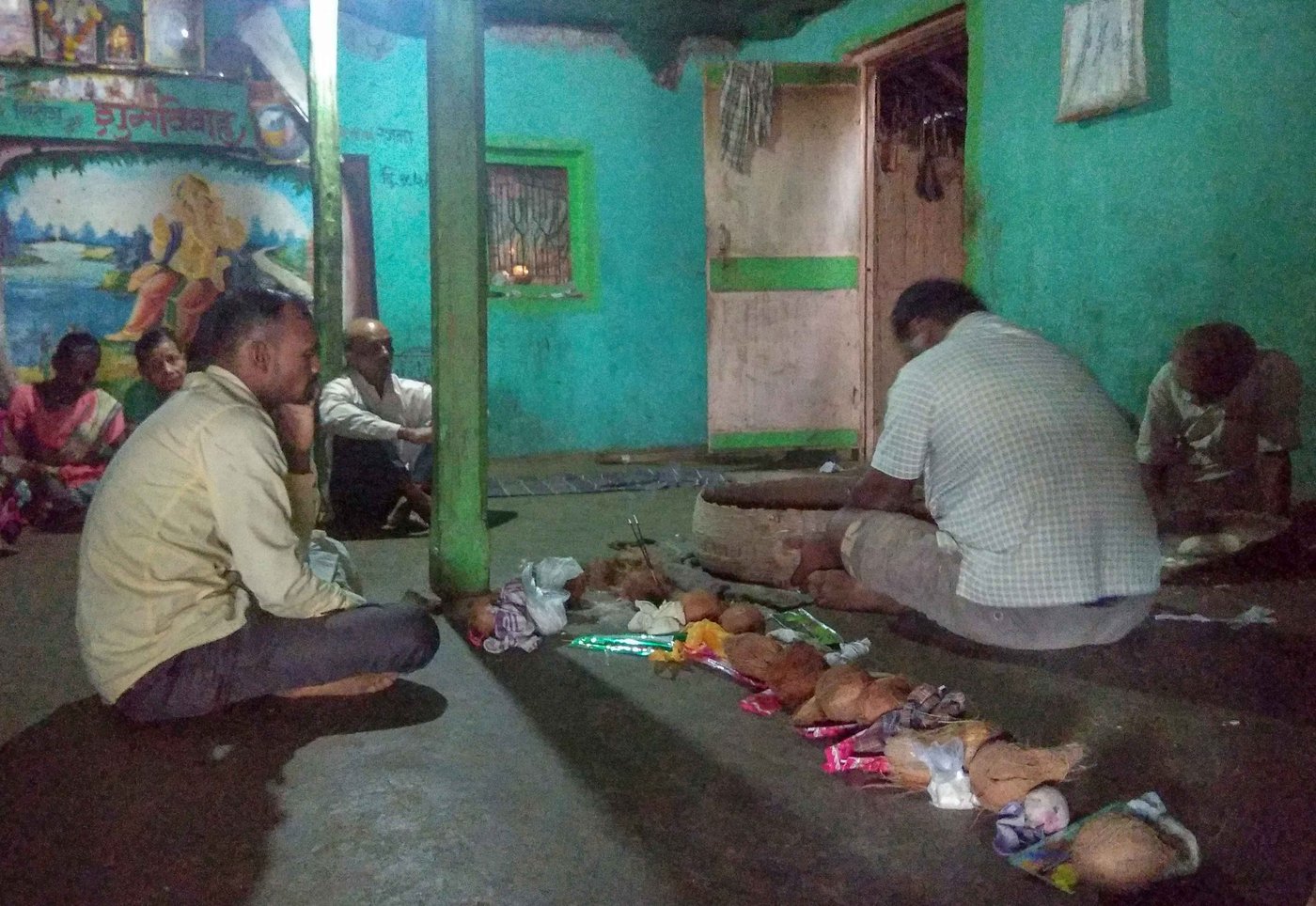
Left: Bhagat Kalu Jangali at his home in Pangri village in Mokhada taluka . Right: Bhagat Subhash Katkari with several of his clients on a Sunday at his home in Deharje village of Vikramgad taluka in Palghar district
Like the other bhagats , Kadam does not ask any of his ‘patients’ for a fee. He draws an income from cultivating paddy and pulses on three acres. All the local healers I spoke to said the visitors pay whatever they can or wish to – starting from Rs. 20. Some bring coconuts or liquor as offerings. And the remedy-seeking family is expected to host a feast (like the jagran ) if they believe the patient has been cured by the bhagat .
And like the other traditional healers here, Kashinath refuses to divulge details of the herbal medicines he uses. “No bhagat will tell you that,” he says. “If we speak of our knowledge to anyone, the power of our medicine will reduce. Besides, medicine differs for every patient. We use concoctions and decoctions of dried herbs for ailments like kidney stone, appendicitis, jaundice, toothaches, headache, stomach aches, flu, infertility in men and women, miscarriages and complications in pregnancy. And also for warding off the evil eye, influencing someone’s behaviour in a particular way, and whispering protective charms in a tait [amulet].”
Keshav Mahale, a bhagat from Pasodipada hamlet of Osarvira village in Mokhada, is a bit more forthcoming. “We have been using medicinal herbs and plants like tulsi, raw ginger, aloe vera, spearmint and others for any sort of ailment since the time we were the only ‘doctors’ everyone in the forests consulted,” he says. “Today, with advances in medicine, it is obvious that people prefer doctors. But they do come to us as well when the medicines fail them. There is no harm in co-existing.” Keshav owns around two acres of land where he grows paddy.
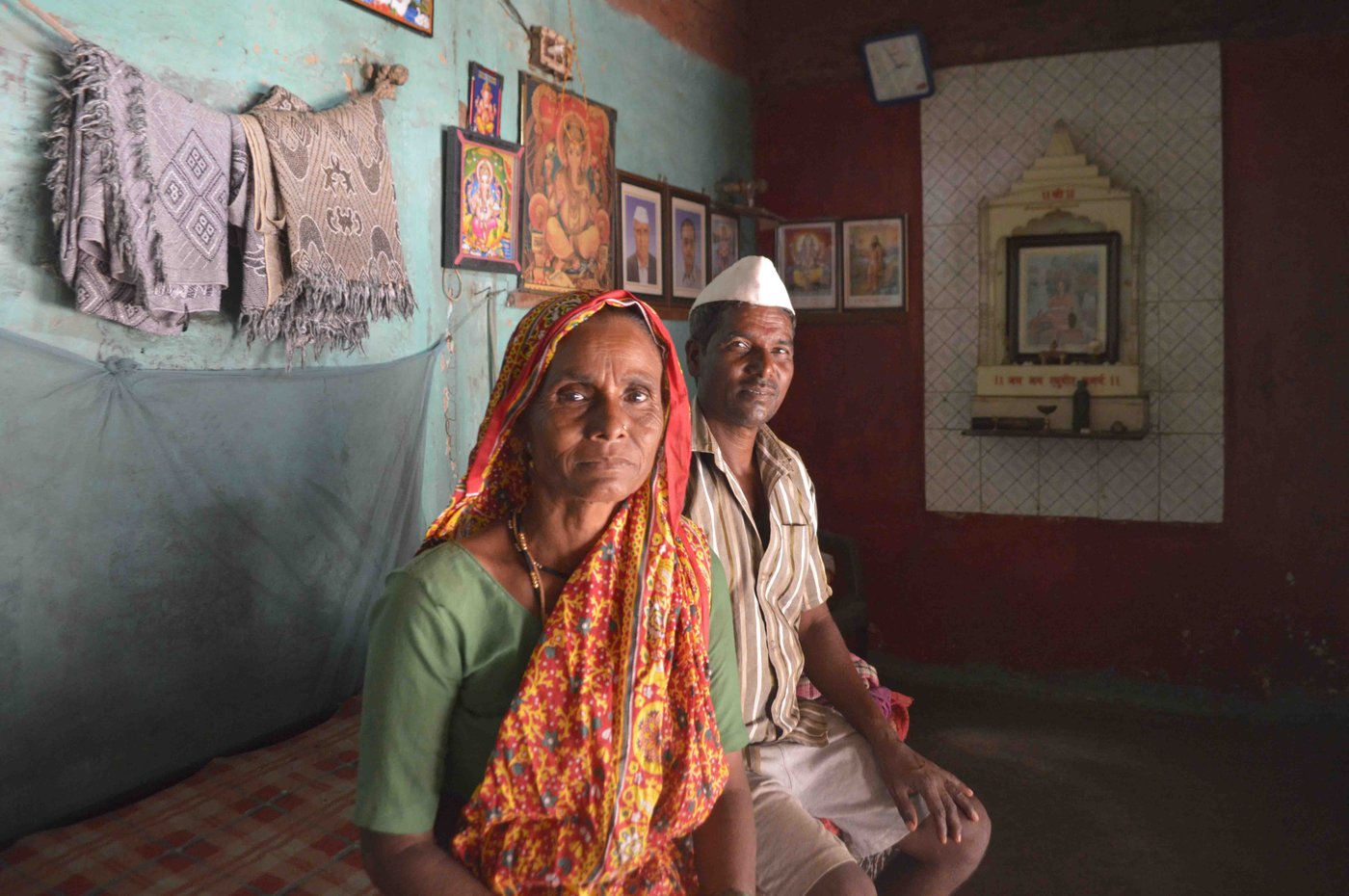
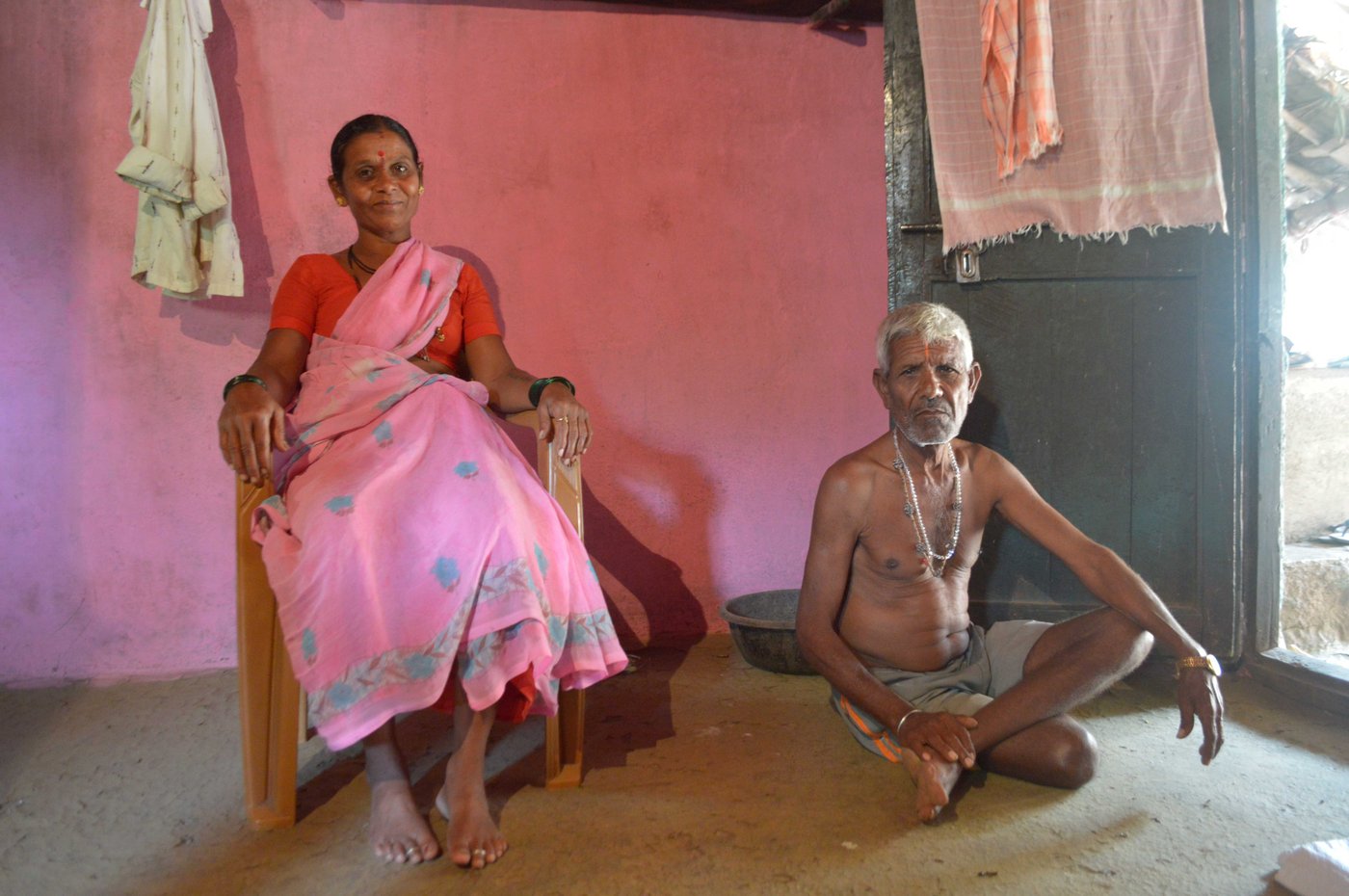
Keshav and Savita Mahale (left) in Pasodipada hamlet: 'With advances in medicine, people prefer doctors. But they come to us when medicines fail them. There is no harm in co-existing'. Bhagat Kashinath Kadam (right) with his wife Jijabai in Washala village: 'The doctors often seek our help in cases which they can’t explain'
And Subhash Katkari, a well-known bhagat from Katkaripada of Deharje village in Vikramgad taluka of Palghar, ‘reveals’ a few of his remedies for women who cannot conceive or have difficult pregnancies: “It involves following a certain diet and restrictions throughout the pregnancy. Once a woman is able to conceive due to our medicines, she will have to stop using oil while cooking food. She must not consume salt, turmeric, chicken, eggs, meat, garlic and chillies. She should to do all the household work by herself, including fetching water, and stop taking any medication other than the bhagat’ s medicines till the last trimester. We also give a tait to the woman and later to her child so that they both remain protected from any evil energy.”
“Unfortunately,” says Dr Dattatray Shinde, medical officer at the Mokhada Rural Hospital, “this [the dietary and other restrictions] contribute to under-nutrition in pregnant Adivasi women here, who then deliver babies with low birth weight. I have seen such cases in Mokhada. Superstition still exists and it is very difficult to convince the people because of their strong belief in bhagats .” (In fact, Palghar district, where around 37 per cent of the population belongs to Scheduled Tribes, has for long been in the news for malnutrition-related deaths of children. But that is another story.)
Back in Chikanpada, Nirmala’s mother, 40-year-old Indu, is relieved on the night of the jagran . “Now that Kalu and Jaitya have cast the evil energy off my daughter, I’m certain she will recover soon,” she says.
The reporter worked on this article under an Investigative Reporting in Public Health, 2019, grant given to her by the Thakur Foundation, USA .
